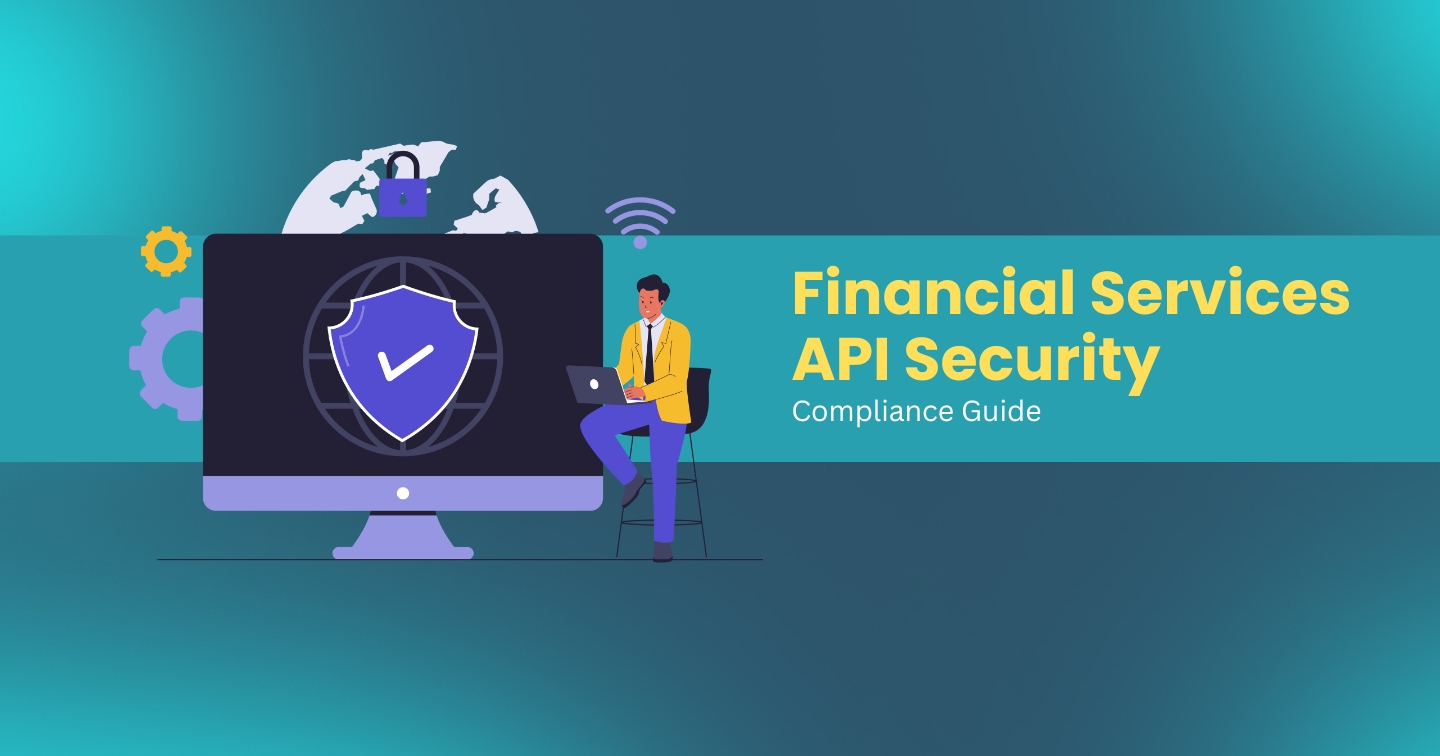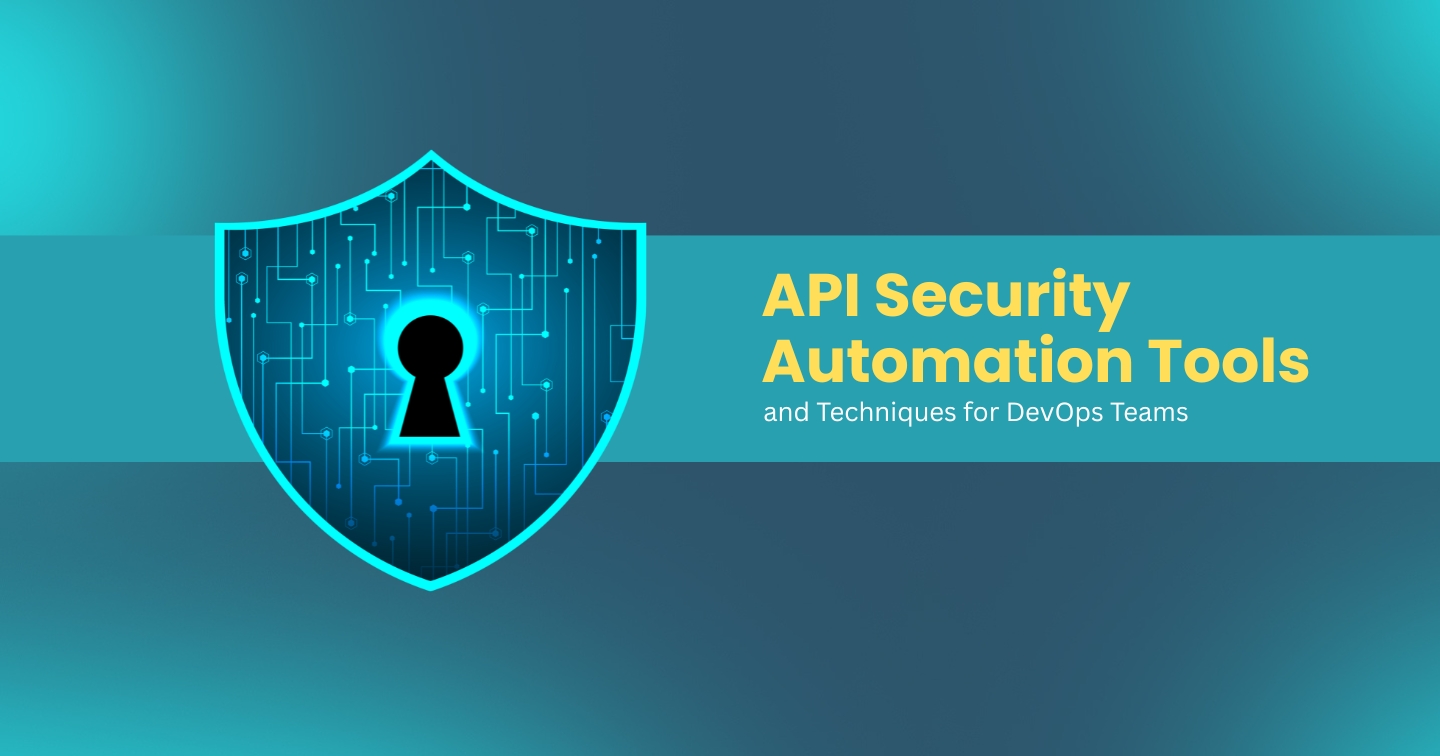APIsec is proud to release our 2024 API Security Market Report. We collected over 2,000 responses from API Security experts on API security challenges, top vulnerability sources, and best practices. You can download the full report here.
In today's digital age, where software reigns supreme, Application Programming Interfaces (APIs) have emerged as the lifeblood of the internet. According to Akamai's 2019 analysis, API calls constituted a staggering 83% of all internet traffic, a figure that has likely surpassed 90% today. APIs streamline coding, integration, and deployment processes, fueling innovation and digital transformation across industries. However, as APIs increase, so do the risks associated with them.
In a landscape where cyber threats loom large, APIs have become prime targets for attackers. Gartner highlights APIs as the "most frequent attack vector," owing to their direct access to internal resources, over-permissioned configurations, and tendency to expose sensitive data. To delve deeper into this critical issue, we turn to the insights gleaned from the APIsec University community, comprising 75,000 members.
Understanding API Breaches
API breaches have become alarmingly commonplace, often resulting in the loss of millions of records. Our analysis of over 50 documented breaches in the past five years reveals a common thread: authentication, authorization, and data exposure vulnerabilities. These vulnerabilities align closely with the OWASP API Security Top 10, showcasing the urgency of addressing them.
The Three Pillars of API Security
We propose a three-pronged approach to fortify API defenses: Governance, Testing, and Monitoring. Governance encompasses defining and enforcing API security policies, ensuring consistent development practices, and maintaining comprehensive documentation. Testing involves automated, continuous evaluation of APIs for vulnerabilities, integrated seamlessly into the development lifecycle. Monitoring entails real-time analysis of API traffic to detect and mitigate threats promptly.
Bridging the API Security Gap
While organizations overwhelmingly favor a "shift left" approach to API security, discrepancies persist between the development and deployment phases. Manual testing remains prevalent, leaving many releases inadequately scrutinized for security flaws. To address this gap, we advocate for automated, pre-production security testing, aligning with the pace of agile development cycles.
Best Practices for API Security
Drawing from our insights, we offer actionable recommendations to enhance API security:
- Establish robust governance frameworks to enforce security standards consistently.
- Gain comprehensive visibility into your API ecosystem to identify and mitigate risks effectively.
- Foster collaboration between security and development teams to promote a culture of shared responsibility.
- Prioritize meticulous API documentation to ensure usability and security.
- Invest in continuous training for API developers and stakeholders to bolster awareness of security risks.
- Centralize API management to mitigate the risk of shadow APIs and enforce governance measures.
- Adopt a zero-trust mindset, validating all inputs to APIs and not relying solely on UI-based security measures.
- Distinguish between authentication and authorization, implementing appropriate controls at each layer.
- Embrace automation for pre-production security testing, aiming to elevate the percentage of APIs subjected to security scrutiny.
Conclusion
As APIs continue to reshape the digital landscape, securing them becomes paramount for safeguarding sensitive data and maintaining user trust. By embracing proactive measures, organizations can bolster their API security posture, mitigate risks, and pave the way for seamless digital innovation in an increasingly interconnected world. Let's prioritize API security today to safeguard tomorrow's digital infrastructure.
.webp)

.png)
.webp)

